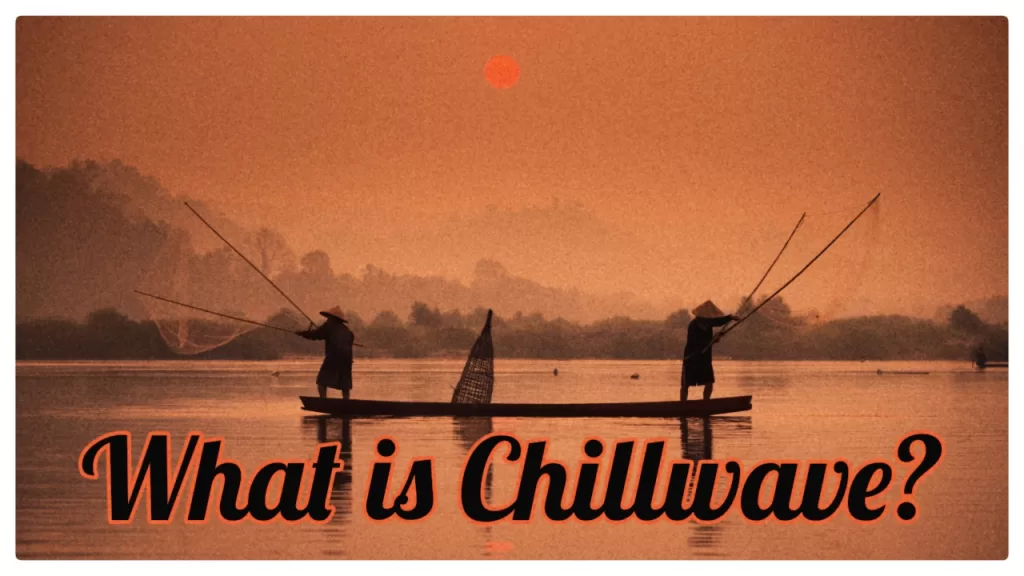Chillwave is a microgenre of chill music that emerged in the late 2000s and early 2010s. It is often characterized by a dreamy and nostalgic sound similar to lofi in general but it often incorporates elements of 1980s pop/electropop and R&B music.
More about Chillwave
On top of the electronic vibe and ’80s VHS elements, some chillwave beats consist of lo-fi production techniques. They are not the same tempo and therefore I believe it is not the same warmth vibe they are offering, but from EQ’s perspective, they are similar.

According to some desk research artists associated with the genre include Washed Out, Neon Indian, and Toro y Moi. But I have to be honest, I am not aware of all of them. So I also spend the time of this research (and while writing this article) with listening to them!
Why did it become popular?
The micro/sub-genre was popularized through several online music blogs and social media platforms. In the end, many chillwave artists gained a following through self-releasing their music on the internet – which was quite OK by that time (Myspace, Bandcamp, YouTube).
The popularity of the genre on the other hand (at least from my point of view) has waned in recent years. Still good to see that some artists continue to produce music in the chillwave style.
Characteristics of Chillwave
Chillwave is a subgenre of chill music (but we are safe to say it is part of electronic music in a way). The genre offers a dreamy and nostalgic feel, often featuring heavily manipulated mellow vocals, reverb-drenched guitars, and super vintage synthesizers. The base usually consists of sampled drum machines offering a true retro vibe. From a tempo perspective, it is more moderate (moderate-to-low).
As mentioned already, chillwave is famous for its use of lo-fi production techniques. They give the music a hazy, washed-out, low-bass sound imitating vinyl. No wonder I guess that this genre is often associated with a specific visual aesthetic. I mean it draws heavily from the visual culture of the 1980s. This way the visuals strengthen the retro vibe of the audio as well with elements such as neon lights and VHS tapes.